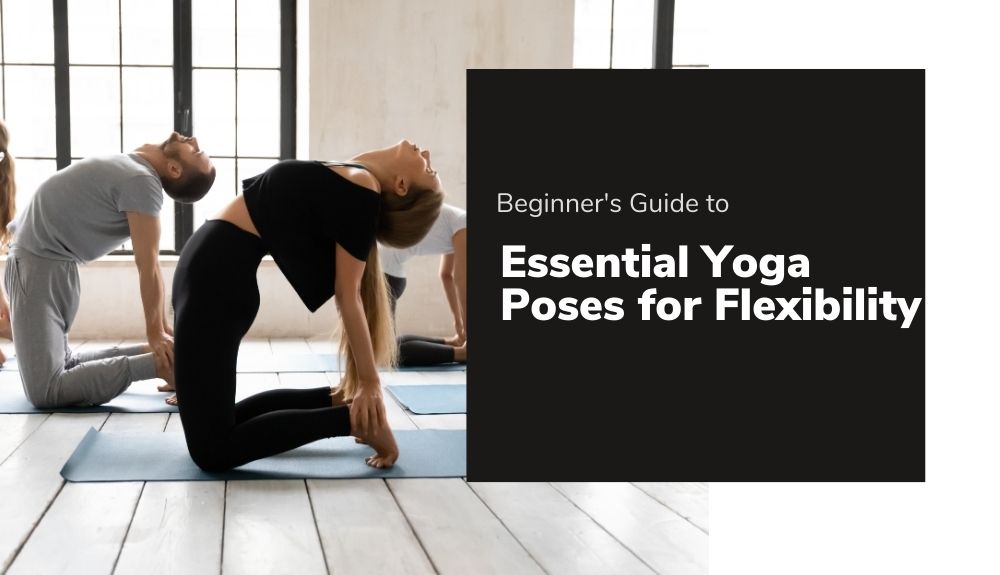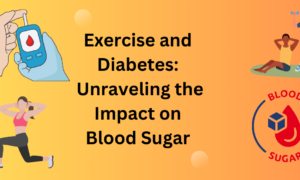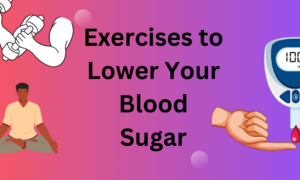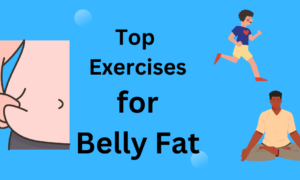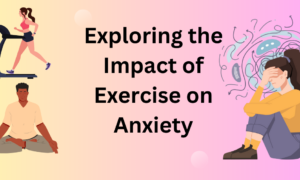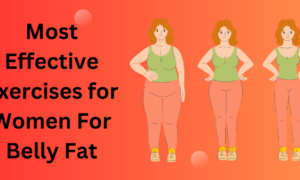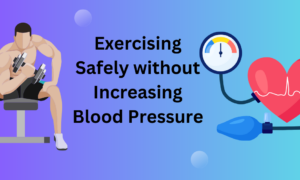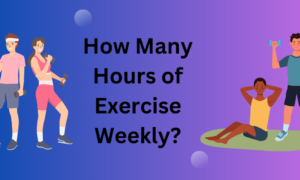Welcome to the beginner’s guide to essential yoga poses for flexibility! Whether you’re a complete novice or looking to deepen your practice, this blog post is here to help you unlock the benefits of yoga. From improving flexibility and strength to reducing stress and enhancing mindfulness, yoga offers a myriad of physical and mental advantages. So roll out your mat, take a deep breath, and let’s dive into the world of essential yoga poses together!
What is Yoga and Why is it Beneficial?
Yoga is not just a physical exercise; it’s a holistic practice that unites the body, mind, and spirit. Originating from ancient India, yoga encompasses various postures (asanas), breathing techniques (pranayama), and meditation practices to promote overall well-being.
The benefits of yoga extend far beyond the physical realm. Regular practice can help improve flexibility, strength, and posture while also reducing stress levels and enhancing mental clarity. It serves as a powerful tool for relaxation and self-discovery.
By combining movement with mindfulness, yoga encourages practitioners to be present in the moment and cultivate a sense of inner peace. It provides a sanctuary for individuals to connect with themselves on a deeper level and find balance amidst life’s challenges.
Basic Yoga Equipment Needed for Practicing at Home
When it comes to practicing yoga at home, having the right basic equipment can make a significant difference in your practice. Investing in a good quality yoga mat is essential for providing cushioning and support during various poses. Look for one that offers good grip to prevent slipping.
Additionally, having a few yoga blocks can help with alignment and provide support when reaching for those deeper stretches. Blocks are beneficial especially for beginners who may need assistance in certain poses.
A yoga strap is another handy tool to have on hand, helping you extend your reach and improve flexibility. It’s great for modifying poses if you have limited flexibility or range of motion.
Incorporating a bolster or blanket into your practice can enhance relaxation during restorative poses or meditation sessions. These props offer comfort and stability, allowing you to fully relax into each posture without strain.
Remember, while these basic yoga equipment items can enhance your practice, all you truly need is yourself and a willingness to explore the beautiful world of yoga from the comfort of your own home!
Top Essential Yoga Poses for Flexibility:
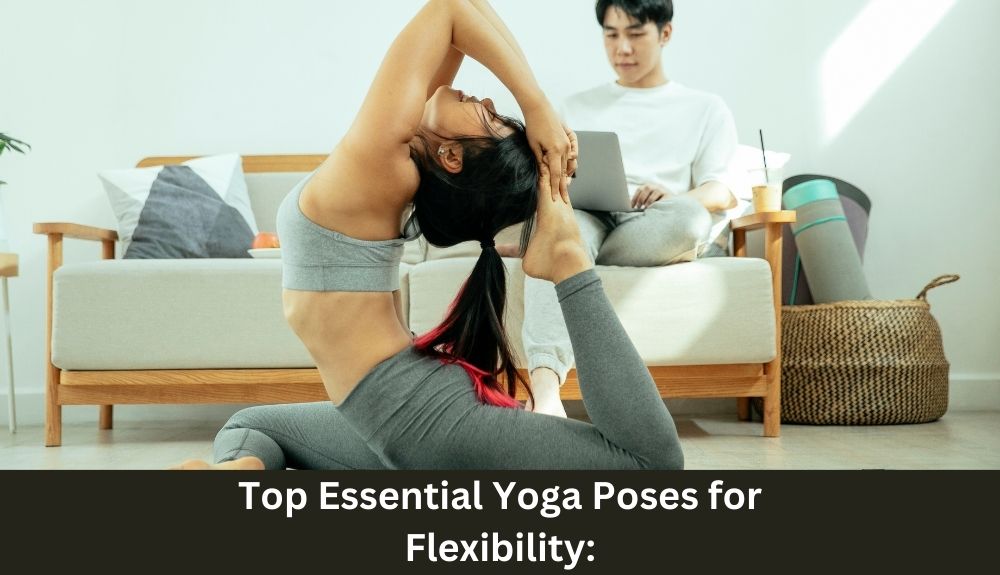
Looking to enhance your flexibility through yoga? Here are some essential poses to incorporate into your practice:
1. Downward Facing Dog: This pose stretches the entire backside of your body, from calves to shoulders, promoting flexibility in the hamstrings and spine.
2. Forward Fold: A simple yet effective pose that helps lengthen the hamstrings and lower back. It’s great for releasing tension and improving overall flexibility.
3. Triangle Pose: This standing pose opens up the hips, stretches the sides of the torso, and improves spinal mobility – key components for enhancing flexibility.
4. Cobra Pose: By engaging the muscles of the back, Cobra Pose strengthens while also increasing flexibility in the spine and chest.
5. Pigeon Pose: Targeting hip flexors and glutes, this pose is excellent for deep stretching that can help improve hip mobility and overall flexibility levels.
Incorporating these essential yoga poses into your routine will not only increase your flexibility but also contribute to a sense of balance and well-being in both body and mind.
A. Downward Facing Dog
Downward Facing Dog is a fundamental yoga pose that provides a full-body stretch and strengthens various muscle groups. To get into this pose, start on your hands and knees with hands shoulder-width apart and fingers spread wide. Lift your hips up towards the ceiling, straightening your arms and legs to form an inverted V-shape.
This pose stretches the back, shoulders, hamstrings, calves, and arches of the feet while also engaging the core muscles. It helps improve posture by lengthening the spine and releasing tension in the upper body.
Focus on pressing firmly into your palms and heels while relaxing your head between your arms. Remember to breathe deeply throughout the pose to enhance relaxation and focus.
Practice Downward Facing Dog regularly to increase flexibility in the spine, shoulders, and hamstrings. Modify by bending your knees slightly if needed or using props like blocks under your hands for support.
B. Forward Fold
One of the essential yoga poses for enhancing flexibility is the Forward Fold. This pose primarily targets the hamstrings, calves, and lower back, making it an excellent choice for those looking to improve overall flexibility. To practice the Forward Fold, stand tall with your feet hip-width apart and hinge at your hips to fold forward.
Keep a slight bend in your knees if needed to avoid straining the hamstrings. Allow gravity to pull you deeper into the stretch with each exhale. Feel a gentle release in your spine as you relax into this pose.
Focus on lengthening your torso towards your thighs rather than touching your toes. You can place blocks under your hands for support if reaching the floor feels challenging. Remember to breathe deeply and stay present in the moment as you hold this rejuvenating stretch.
Regularly incorporating Forward Folds into your yoga routine can help alleviate tension in the back and promote greater mobility throughout the body. Explore variations of this pose to find what works best for you and enjoy reaping its flexibility benefits!
C. Triangle Pose
One of the essential yoga poses for increasing flexibility is the Triangle Pose. This pose, also known as Trikonasana, stretches and strengthens various muscles in the body. To get into this pose, start by standing with your feet wide apart and arms extended sideways. Then, lean to one side while reaching down towards your toes with one hand. The other arm extends up towards the sky.
Triangle Pose provides a deep stretch along the sides of the body, hips, hamstrings, and shoulders. It helps improve balance, posture, and digestion while also opening up the chest and lungs for better breathing. As you hold this pose, focus on maintaining a straight spine while engaging your core muscles.
Remember to breathe deeply and relax into the stretch with each exhale. If you’re a beginner or have limited flexibility, you can use a block under your bottom hand for support. With consistent practice and proper form in Triangle Pose, you’ll gradually notice increased flexibility in your body over time.
D. Cobra Pose
The Cobra Pose, also known as Bhujangasana, is a rejuvenating yoga pose that helps improve flexibility in the spine and strengthen the back muscles. To practice this pose, start by lying on your stomach with your palms placed underneath your shoulders. As you inhale, slowly lift your chest off the mat while keeping your elbows close to your body. Feel a gentle stretch in your abdomen and open up through the heart center.
Engage your core muscles to support your lower back and lengthen through the crown of your head. Keep breathing deeply as you hold the pose for a few breaths before releasing back down to the mat on an exhale. The Cobra Pose not only promotes spinal health but also helps alleviate stress and fatigue.
Remember to listen to your body’s cues and never push yourself beyond what feels comfortable. With regular practice, you’ll notice increased flexibility in your spine and improved posture overall. So roll out that mat and embrace the energizing benefits of Cobra Pose!
E. Pigeon Pose
Unleash your inner zen with the Pigeon Pose, a powerful yoga asana that targets hip flexibility and releases tension in the lower body. This pose may seem challenging at first, but with practice and patience, you’ll soon reap its benefits.
To get into the Pigeon Pose, start in a high plank position, bring one knee towards your hands while extending the other leg behind you. Lower your hips towards the mat and square your hips to deepen the stretch. Feel the opening in your hip flexors and breathe deeply into any tightness.
As you hold this pose, focus on maintaining proper alignment by keeping your chest lifted and shoulders relaxed. Engage your core for stability and gently press into the ground to support yourself. Listen to your body’s limits and adjust as needed to find comfort in this intense stretch.
Allow yourself to surrender to this posture, letting go of any tension or stress stored in your hips. With regular practice, you’ll notice improved flexibility and mobility in this area of your body. Embrace the challenge of Pigeon Pose as an opportunity for growth on both a physical and mental level.
Tips for Proper Form and Breathing Techniques
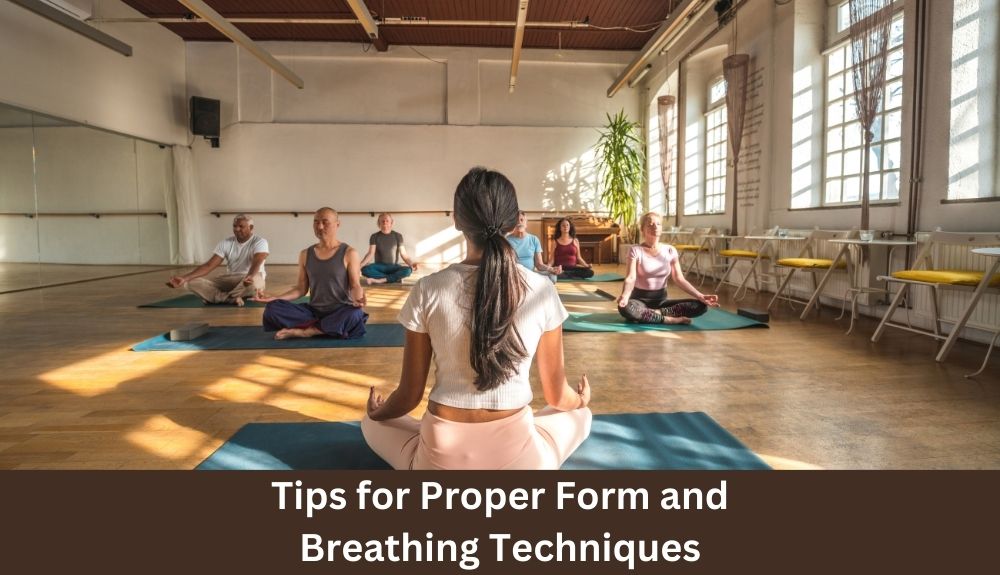
Maintaining proper form in yoga poses is key to avoiding injuries and maximizing the benefits of your practice. Focus on aligning your body correctly, engaging the right muscles, and listening to your body’s limits. Remember, it’s not about perfection but progress.
Breathing techniques play a crucial role in yoga. Practice deep belly breathing to enhance relaxation and focus during each pose. Inhale deeply through your nose, filling up your lungs with air, then exhale slowly through your mouth.
Syncing breath with movement can help you flow smoothly from one pose to another. As you transition between poses, remember to maintain a steady breathing rhythm. This will calm the mind and create a sense of mindfulness throughout your practice.
Stay present in the moment and pay attention to how each breath affects your body as you move through different poses. Be mindful of any tension or discomfort that arises – adjust accordingly without straining yourself.
By mastering proper form and breathing techniques in yoga, you’ll not only improve flexibility but also cultivate a deeper connection between mind and body during your practice.
Importance of Consistency and Progression in Yoga Practice
Consistency and progression are key components in establishing a successful yoga practice. By committing to regular sessions, you allow your body to adapt and grow stronger over time. It’s not about perfection but rather showing up on the mat, day after day.
Each session builds upon the next, helping you deepen your practice and enhance your flexibility. Progression in yoga is a journey of self-discovery, where you push past boundaries and limitations with each pose. Embrace the process and trust that growth will come with time.
Yoga is a personal practice, so honor where you are at this moment without judgment. With consistent effort and a focus on gradual improvement, you’ll witness positive changes unfold both physically and mentally. Stay dedicated to your practice, be patient with yourself, and enjoy the transformative journey ahead.
Modifications for Beginners and Those with Limited
When starting your yoga journey, remember that it’s perfectly okay to modify poses to suit your body’s needs. Listen to your body, take it slow, and gradually build up flexibility and strength. Whether you’re a beginner or have limited mobility, there are always modifications available to help you reap the benefits of yoga.
So roll out your mat, breathe deeply, and flow through these essential poses with mindfulness and intention. With consistency and patience, you’ll soon find yourself feeling more flexible both on and off the mat. Namaste!

